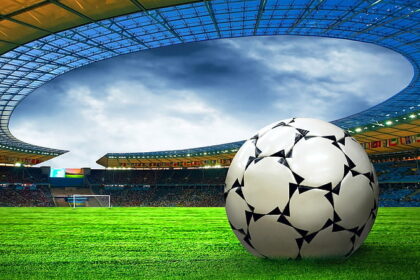At a Glance
- Southern right whales migrate annually to South Africa’s De Hoop Nature Reserve to calve and mate.
- The 56-kilometer Whale Trail offers premier whale watching and showcases rare Cape floral biodiversity.
- Over 100 whales can be spotted at once, making it a world-class eco-tourism experience.
At the southern tip of Africa lies one of the planet’s most biologically diverse coastlines—where rare flora meets spectacular marine wildlife.
South Africa’s Whale Trail, a 56-kilometer hike through the De Hoop Nature Reserve in the Western Cape, offers a front-row seat to one of nature’s most breathtaking annual migrations: the return of the southern right whales.
From June to October, this stretch of coastline transforms into a vital nursery for these endangered ocean giants.
After feeding in the frigid waters of the Southern Ocean near Antarctica, southern right whales make their way north to calve and mate in the warmer, protected waters off De Hoop—part of one of the largest Marine Protected Areas (MPAs) in Africa.
This annual migration, coupled with the reserve’s floral riches and untouched beaches, has turned the Whale Trail into a bucket-list experience for eco-tourists, adventure seekers, and conservation enthusiasts.
More than 100 whales have been recorded at a time, making it one of the premier whale-watching destinations in the world.
Where endangered Whales and rare blooms collide
The journey begins inland at Potberg and winds over five nights and six days to Koppie Alleen.
The trail’s rugged terrain—ranging from mountain slopes to coastal cliffs—showcases a kaleidoscope of native fynbos, including golden proteas and vibrant ericas.
On the challenging first day, hikers climb Potberg Mountain, where Cape vultures soar and views stretch over untouched limestone plains.
From there, the trail descends into valleys where rivers like the cola-colored Melkhout provide drinking water and moments of serenity.
Day two opens up to the coastline at Noetzie, revealing sweeping ocean views and the scent of salty sea air mingling with fynbos shrubland.
A front-row seat to the Southern Ocean
By day three, hikers are tracing rock pools and tidal caves near Hamerkop, with whales breaching dramatically just offshore.
These majestic mammals often remain in view for days, as if accompanying the group along the trail. The solitude and stillness offer a rare intimacy with nature.
The journey continues past coral reefs and stone formations, including Lekkerwater, once home to South Africa’s last apartheid-era president, F.W. De Klerk.
The final night is spent in the Vaalkrans stone cottage above crashing waves—an unforgettable close to a trail defined by natural grandeur.
The Whale Trail isn’t just a hike. It’s an immersion into one of Earth’s last wild sanctuaries—where ancient landforms, endemic plants, and one of the ocean’s most awe-inspiring creatures converge.





